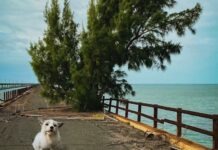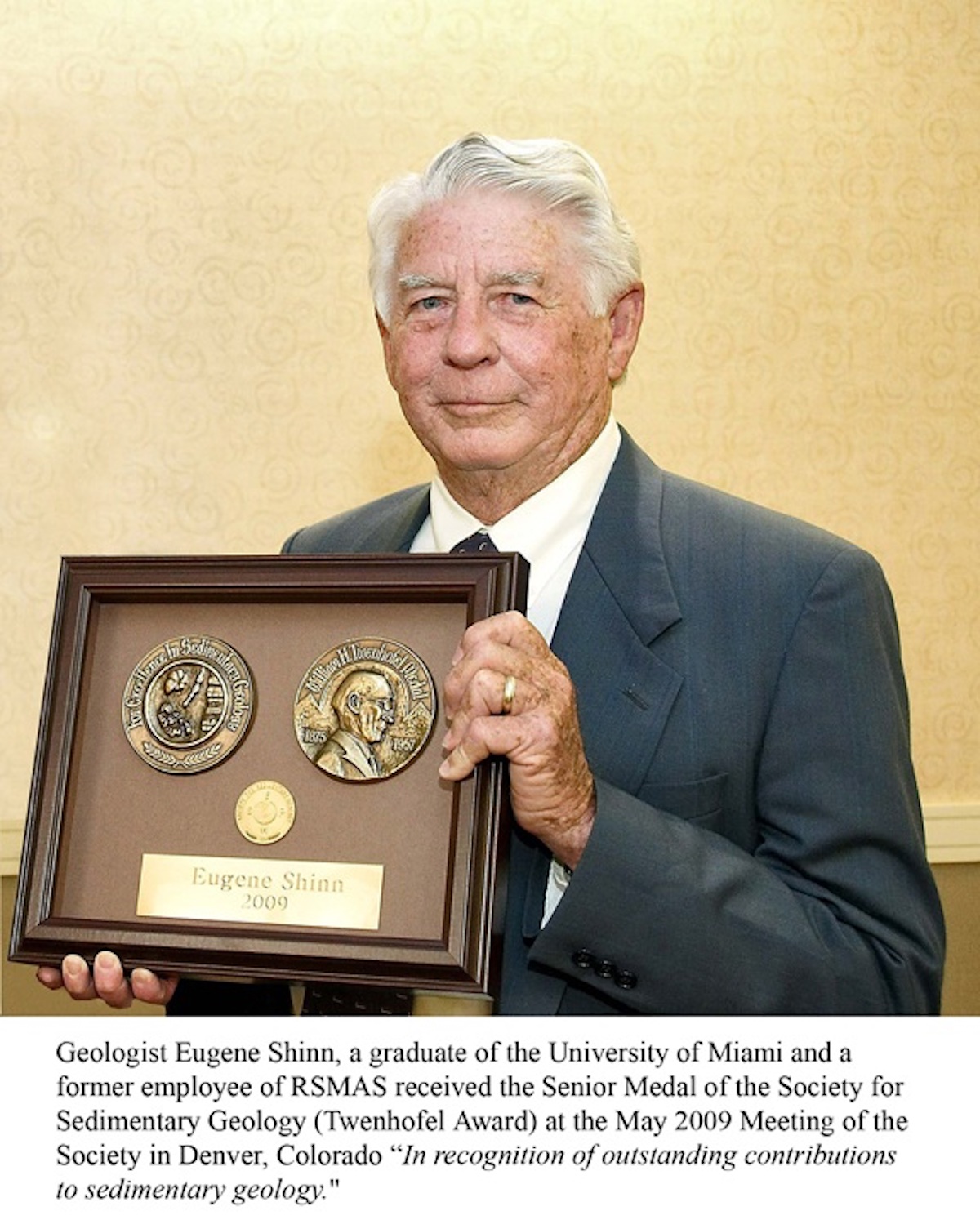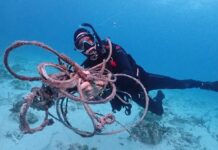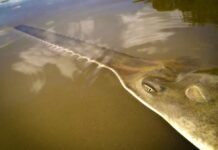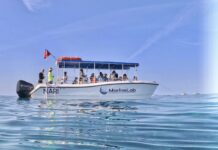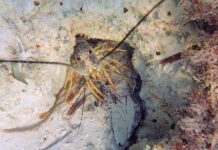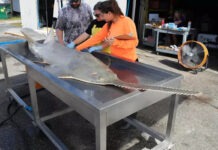Those of you involved with the proposed expansion of the Florida Keys Marine Sanctuary will likely remember I served on numerous NOAA and Coral Reef Sanctuary committees.
I was born in Key West, 1933, and began diving on Keys reefs in the mid 1950s. Beginning in the late 1950s I conducted research and published more than 50 peer-reviewed research papers concerning Florida Keys coral reefs. After NOAA and the Marine Sanctuaries were formed, 1972, I worked closely with NOAA/sanctuary personnel on several projects and served on numerous Keys committees.
In 1975 I became a GS 15 research employee of the U.S. Geological Survey. During my tenure, FKNMS, along with the U.S. EPA, funded several of my geological research projects. During that time I cooperated with and worked with the many sanctuary managers and personnel who cycled through the Florida Keys.
In an early self-funded study in 1966, I transplanted staghorn coral to determine growth rate and the reasons why this species does not live near shore in the Florida Keys. I clearly recall when disease began affecting staghorn and elkhorn coral both in the Keys and most of the Caribbean. The peak year of coral death was 1983. Black Band disease in massive corals began later in 1986. Together with several colleagues I unsuccessfully lobbied the Sanctuary Program to fund research into the causes of coral diseases. During that time, sanctuary management remained focused mainly on anchor and boat damage.
Since those early days coral both on Florida reefs and the Caribbean continued to decline. Today, live corals only occupy approximately 2 % of the Florida reef tract. I watched and photographed the decline each year from 1960 to 2015 as shown at: archive.usgs.gov/archive/sites/coastal.er.usgs.gov/african_dust/images/CoralSequencePoster.jpg>
The live corals remaining are generally referred to as small, “weedy species.” The huge 100- to 200-year-old massive species are essentially gone. They are presently being consumed and converted to reef sand by boring sponges and parrotfish.
The various causes of coral decline in the Keys remain controversial but can be correlated with increasing Keys-wide population growth. Remember, correlation is not causation, but sometimes it is. My USGS groundwater studies conducted during the early 1990s most everywhere in the Keys revealed net seaward movement through the permeable island limestone. Our analysis also discovered fecal bacteria in the groundwater being upwelled mainly on the Atlantic side of the keys. Our studies also confirmed the reason groundwater moves seaward.
I am gratified that our monitoring studies helped justify installation of the sewage system and additional treatment plants, of which some are still under construction. However, it concerns me that treated fresh water-based effluent from treatment plants is being injected into the underlying saline water table through disposal wells little more than 100 feet deep. That effluent, and all it contains, floats back up to the shallow water table just below the surface and moves seaward on the underlying saline water. In summary, if one flushes a toilet, takes a shower, or fertilizes a lawn, nutrients (including chemicals such as Oxybenzone from sunscreens and other cosmetics) move seaward and eventually upwell offshore. The sanctuary program cannot prevent these bacteria and toxic chemicals from entering our coral reef areas.
For that reason I suggest continued management of reef fish and lobster without enlarging management areas. Enlarging boundaries will not rectify the situation described here. Resources should therefore be focused mainly on determining which toxins and microbes have caused coral diseases. Excellent research into causes of coral disease is currently being conducted at the University of Miami Rosenstiel School of Marine and Atmospheric Science. Dr. Baker and his team are conducting the kind of science under controlled conditions that some of us lobbied for in the 1970s. We are very pleased that such research is now being conducted. Such research is needed before corals are transplanted to the offshore waters in the Florida Keys.
Coral transplanted under present conditions (including rising temperatures) will likely succumb to the same diseases and chemicals that led to their demise in the first place. In addition, justifying coral transplanting to encourage more tourism and residents seems counterproductive. The Florida Keys I know so well has been, and remains, overpopulated. Do we need more people?
Sincerely. E. A. Shinn PhD
The Restoration Blueprint is available at floridakeys.noaa.gov/blueprint. Jan. 31, 2020 was the last day to make public comment to NOAA on the first draft of proposals.
To review the Weekly’s coverage of the Restoration Blueprint and community opinions about it, visit https://keysweekly.com/42/category/sanctuary-blueprint/.















